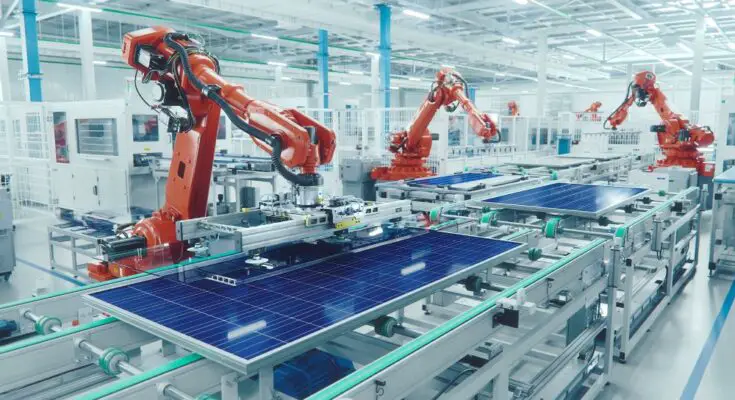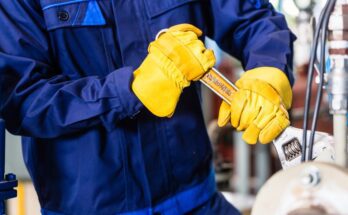The history of automation in industrial manufacturing and factories is full of ground-breaking innovations, centuries of stagnation, and a sudden boom from the late 1800s to the mid-20th century. Today, industrial facilities boast the most cutting-edge technology in human history. Read on to learn more about the origins of these advancements and how businesses benefit from automation in the modern world.
Ancient Industrial Automation
The ancient world holds a few examples of automated mechanisms. The most notable invention is perhaps the Greek Antikythera, an analog computer that predicted astrological phenomena and events using gears and clockwork technology. Additionally, ancient Greeks created water-powered automation in the form of turbines, which were used primarily for agricultural production (i.e., grinding wheat into flour). Turbines are useful tools in modern society! Advancements in technology stagnated during the dark ages, the sole exception being the invention of automated waterwheels for mining applications in the 11th century. However, many of these great ancient automation innovations were created and lost long before manufacturing became a dominant global industry.
The Industrial Revolution
Factories became legitimate, popular places of work around the turn of the 19th century. The late 1800s saw global industrialization expand to a larger scale than ever before in human history. Manufacturing was the industry of the future, and business owners wasted no time implementing succeedingly successful automation innovations in their facilities. Cranes, locomotives, and mills created new and profitable methods of production thanks to automated steam engines.
Steam power produced electricity, which instantly modernized the manufacturing process and industry as a whole. Traditionally manually-operated conveyor belt systems were automatically controlled, more manageable, and significantly more efficient. Henry Ford popularized the term “automation” with his creation of the Automation Department at his automobile manufacturing company. This entity was and remains responsible for creating new assembly-line automated equipment to reduce labor requirements and costs and increase productivity.
Modern Automation in Manufacturing
Flash forward to today, and industrial manufacturing is almost entirelypowered by automated sources. Factories are filled to the brim with expensive, complex, and advanced systems that create an ultra-efficient manufacturing process. Technological advancements such as automation are directly responsible for the manufacturing industry’s high global ranking. Upgraded robotics and conveyer belt unit load specifications are important examples of how automation can grow a business exponentially. Xpeng Motor’s Zhaoqing Intelligent Industrial Park (opened in 2020) is considered the world’s most automated and advanced manufacturing complex, featuring over 3,000 acres of factory land, 260+ specialized industrial robots, and other trailblazing technologies.
Understanding the history of automation in manufacturing factories can give you a greater appreciation for this essential technology. Whether you work in industrial manufacturing or are simply interested in learning about how global enterprises improve over time, it’s always worth gaining more knowledge on the roots.



